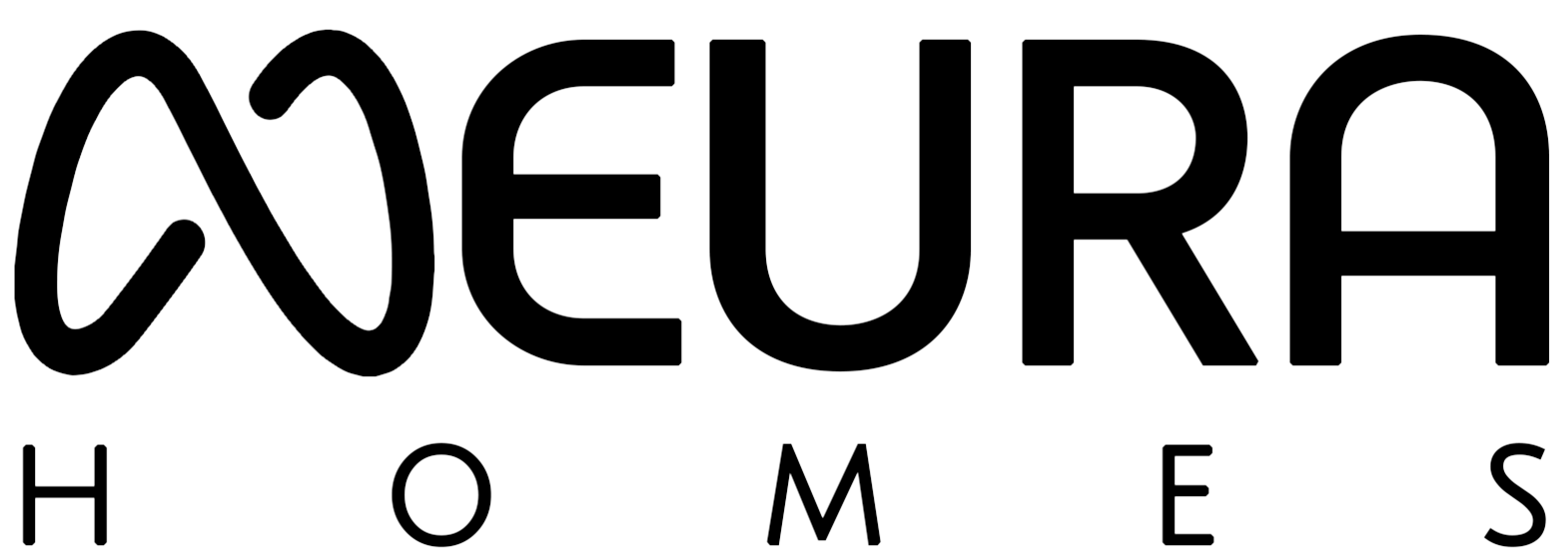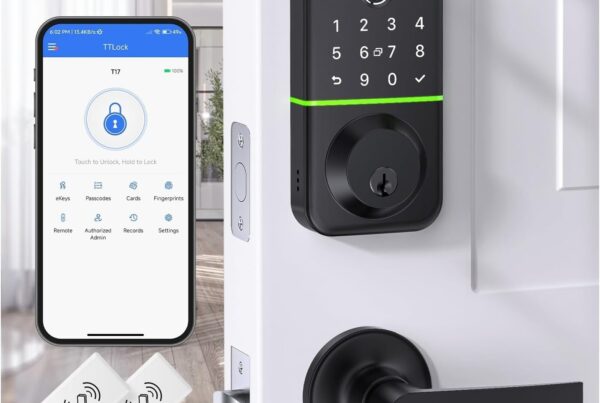Why Two-Factor Authentication for Smart Homes is Essential
Smart home technology makes life easier, but it also opens the door to cybersecurity risks. Hackers target smart locks, cameras, and automation systems, often bypassing weak passwords. Two-Factor Authentication for Smart Homes adds an extra layer of protection, making it significantly harder for cybercriminals to access your devices.
What is Two-Factor Authentication (2FA)?
Two-Factor Authentication (2FA) is a security method that requires two forms of verification before granting access. Instead of relying solely on a password, users must provide a second verification step, such as:
- A one-time password (OTP) sent via SMS or email.
- A biometric scan (fingerprint or facial recognition).
- An authentication app-generated code (Google Authenticator, Authy).
By enabling 2FA, smart homeowners can prevent unauthorized access, even if a hacker steals their password.
How Two-Factor Authentication Secures Smart Home
1. Prevents Unauthorized Access
Cybercriminals often gain access to smart home systems by stealing or guessing passwords. With Two-Factor Authentication for Smart Homes, even if a hacker obtains your password, they still need the second verification factor to proceed.
2. Protects Against Phishing Attacks
Phishing scams trick users into revealing their login credentials. 2FA helps prevent phishing-related breaches, as hackers won’t have the second authentication factor required for login.
3. Secures Smart Locks and Cameras
Smart locks and security cameras are critical for home safety. Two-Factor Authentication for Smart Homes ensures only authorized users can unlock doors or access surveillance footage.
4. Reduces the Impact of Data Breaches
If a security breach leaks your smart home login details, 2FA prevents unauthorized logins, as hackers would still need access to your secondary authentication method.
5. Protects Internet-Connected Devices
Smart home ecosystems rely on IoT (Internet of Things) connectivity, which means a weak security point could compromise your entire system. Enabling 2FA across all smart home apps reduces vulnerabilities.
How to Set Up Two-Factor Authentication for Smart Homes
- Check Device Compatibility – Ensure your smart home devices support 2FA.
- Enable 2FA in App Settings – Access the security settings of your smart home apps.
- Choose an Authentication Method – Options include SMS codes, authentication apps, or biometrics.
- Link to a Trusted Device – Select a secure device for receiving verification codes.
- Test the Setup – Verify that 2FA is working correctly before logging out.
NeuraHomes: Leading the Way in Smart Home Security
At NeuraHomes, we integrate AI-powered smart security with built-in 2FA for seamless protection. Our smart locks, surveillance systems, and home automation solutions ensure your data and home remain secure from cyber threats.
🔗 Upgrade your home security with NeuraHomes Smart Protection.
Final Thoughts
As cyber threats evolve, Two-Factor Authentication for Smart Homes is no longer optional—it’s essential. 2FA provides an extra security layer, protecting against hackers, phishing attempts, and data breaches. Enable Two-Factor Authentication for Smart Homes today to keep your smart home secure.




